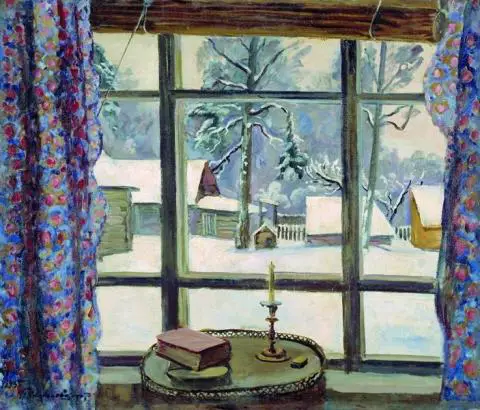As a brief note today, here is some source code for a ZIO ZLayer application using Scala 3. In this code I use the ZLayer framework to handle some dependency injection for a small application. (Note that I don’t like to use the word “simple” when writing about software, but I have tried to make this as simple as I can.)
I’ve commented the code below as multiple “parts” so you can see the thought process of creating an application that uses ZLayer. Basically the idea is that your application needs some sort of service — which might be like a database connection pool, HTTP framework, etc. — and then you make that service available to your application with ZLayer’s provideLayer function (or one of its other functions).
The ZLayer example
Given that small introduction, here’s my ZIO ZLayer example, with many notes shown in the comments inside the code:



